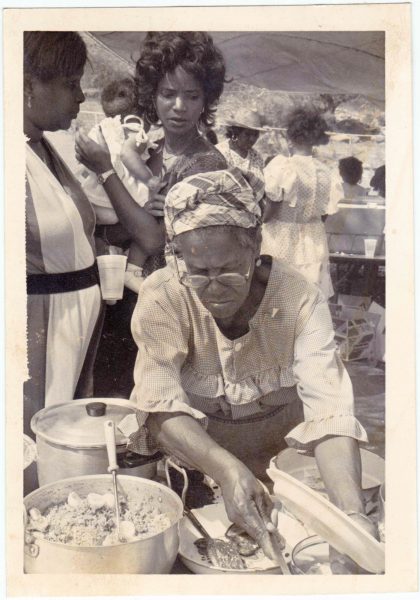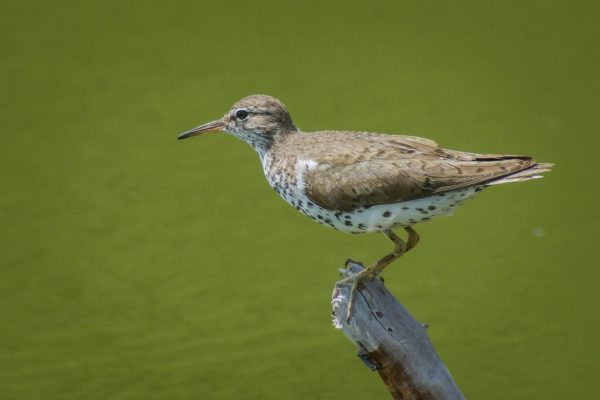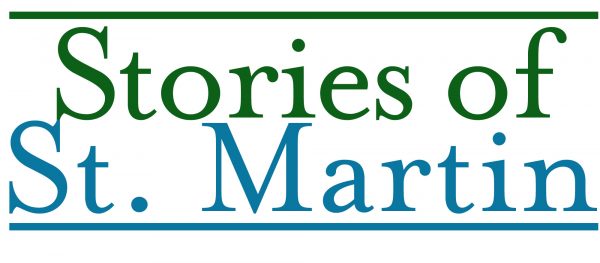Word travels fast on an island. It always has—before WhatsApp, before Facebook, before the Internet and before there was a newspaper on St. Martin. Sharing knowledge with neighbors was key to survival back when the island wasn’t a quick plane ride from the rest of the world.
Over time, this shared knowledge forms the culture of the island. How are certain plants used to treat illness or injury? How are certain dishes cooked? Which styles are common in many home designs? What words and phrases are unique to St. Martin?

We are lucky that much of this culture is still here. We can see it in buildings, we can hear it spoken in the street and we can taste it from a bowl. But in this globally interconnected age, many things may be lost. Will grandma’s recipes be forgotten now that Gordon Ramsay’s are just a click away?
Culture doesn’t have to disappear, but it’s not going to preserve itself. We live in an amazing time when we can read, listen to, eat or watch almost anything from around the world. This world is a wonderful place, but it is also a place where languages are dying and traditions are disappearing. Can we have it all?
Citizen science provides an interesting model. Using modern technology, regular people can contribute observations that help us learn new things. Bird sightings on St. Martin, for example, can fill in on tiny piece of the story as millions of birds fly south for the winter. Sharing something about your backyard can change what humanity knows about the world.

Sharing science melee can be very effective. After writing about the Colombian Four-eyed Frog in The Daily Herald last week, readers have shed new light on this species. It has been seen on many parts of the island, and it was here long before anyone noted it in the scientific record. Being able to communicate with the local community in real time, helps us get a better picture of nature on the island.
Citizen science techniques could also help preserve local culture. People are already sharing stories and photos online. Collected and organized, this could be an incredible resource for preserving local culture. Pull together enough grainy snapshots and fuzzy memories, and a remarkably clear picture of local culture may emerge. By participating—even in a small way—people also become actively involved in preserving their culture.
Do you have a story or memory that tells us something about St. Martin culture? Tell us by writing in to The Daily Herald or to info@lesfruitsdemer.com.


